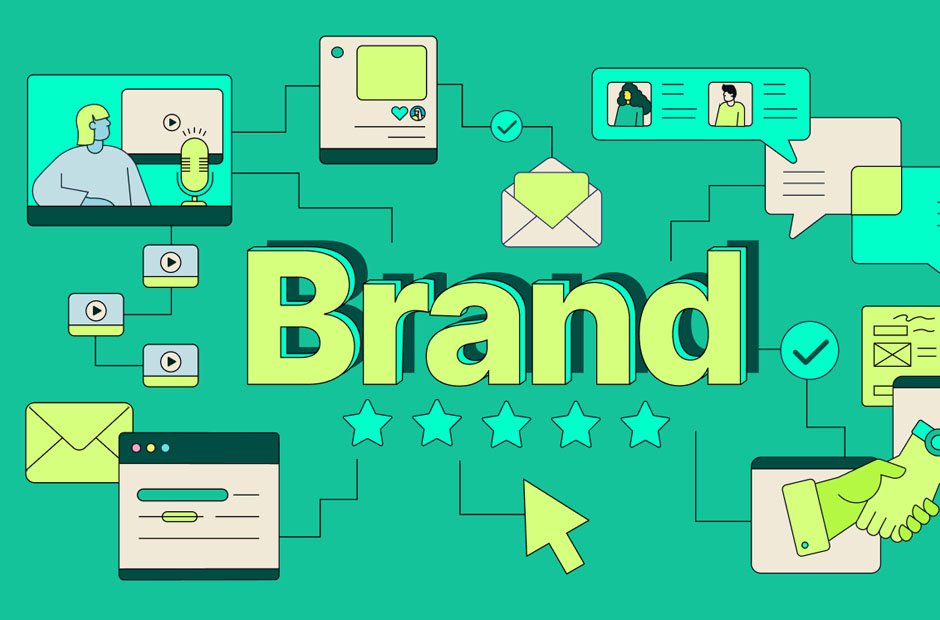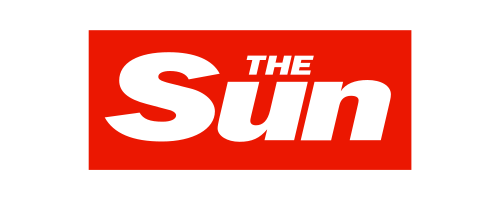In today’s highly competitive market, where even a lean startup has the ambition of world domination, your brand identity is no longer just a logo or that catchy tagline. It reflects who you are as an organisation – your values, mission & personality. A cohesive brand identity that aligns with your business goals isn’t just nice to have – it’s necessary. Without this, your brand will merely be an expression of who you are and not a propeller for driving the business in one direction or another.
Research indicates that corporations with clear and distinct brand image perform better than their rivals by 20%. Additionally, there is a 23% rise in sales for brands that are able to subtly and effectively communicate their values and align them with the view of the buyer. If you’re looking for ways to achieve this, consulting with a digital marketing and advertising agency can be a strategic move.
To align your brand identity with business goals, you need to define your brand purpose, identify your target audience, and create a memorable brand personality. Well, things don’t end there. It’s equally important to position your brand, conduct a competitive analysis, and implement a brand strategy. In this blog, we will look into aspects that would align your brand identity to meet your business goals.
Here are five steps to get that alignment in place:
Define Your Business Goals
To elevate your brand identity with a creative agency to a level that aligns with and supports your business goals, you must first identify those goals. Are you looking to expand into new markets? Or your goal is to retain your current clientele and lead in innovation within your sector.
Here are a few steps to help you define your business goals:
Identify Your Long-Term Vision:
Plan where you want your company to be in 5, 10, or 20 years from now. This vision will steer your day-to-day target, as well as the targets of the coming year and several years in the future.
Set Specific and Measurable Goals:
In setting your goals, they should fit into the specific, measurable, achievable, relevant, and time-bound (SMART) category. For instance, obtaining $10,000, 000 added sales within the next year to boost the market share by 10%.
Prioritise Your Objectives:
Not all goals that are to be set will be of equal significance. Organise them in terms of what is strategically advantageous depending on such factors as market conditions, organisational resources, and likely impact.
Understand Your Brand Identity
Your brand image should include small but important details such as the colour of your logos, your company details and their intonations, and your company’s reputation in general. It is how the customers see and engage with your brand. To align this with your business goals, you need a deep understanding of your brand identity, which includes:
Brand Values: What does your company do, and what values does it uphold? These are the fundamental principles that act as the compass, determining your company’s direction in all its fields, from product production to customer support services.
Brand Personality: Does your brand have some ‘heavy’ business undertones, or is it a brand with a sense of humour? In addition to how your brand looks, it should speak to your target market and relate to your company’s objective.
Visual and Verbal Identity: This refers to the visuals, such as logos, typography, colours, and words used in your ad. These elements should always be in line with the principles of your branding.
Sync Brand Message with Your Business Objectives
The next logical step, after developing your business goals and having a clear understanding of your brand personality, is to ensure that your brand message is on strategy. Your brand message is the message you disseminate to your intended receivers about what your corporation is about.
How to align your brand message with your business goal:
Communicate Your Mission and Vision: It is with the mission statement that it becomes easier to explain the very function and endeavour of your company. Make sure this is expressed in your image and advertisement.
Customise Your Messaging to Your Target Audience: It should be heard by the target group with its language, which is the language of needs and wants. Think about your goals and what your customers want.
Highlight What Sets You Apart: Competition is very keen today, and as such, companies should differentiate themselves from the competition. Ensure your brand message shows the view from your company’s perspective about what you want to achieve, which should be part of your business strategy.
Maintain Continuity With The Client
Consistency of the brand identity that is developed to reflect the business goals has to be maintained throughout the experiences that a customer will have with the brand. This is especially important in diverse markets like India, where consumer expectations can vary significantly across regions. Ideally, whether a customer is touching your brand through the website, physically in the store, or through customer service, their experience and ensuing actions will be aligned with your business objectives. Collaborating with a creative agency in India can help ensure your brand remains relevant across all touchpoints and continues to resonate with your target audience.
Unified Visual Identity: Ensure all your channels are cohesive and use the same logo, colour, font, and design features on the website, social media, packaging, and adverts.
Consistent Tone of Voice: Your brand should have a voice that it maintains for all the channels that it uses including social media and online or offline customer relations. In the case where you would wish to be perceived as the authority in the industry, your language should reflect such a position.
Measure and Adjust
Therefore, alignment is not a campaign event but a continuous process that demands periodic assessment. Branding is dynamic and should be as dynamic as your business; this means that the branding strategy you adopted last year is not capable of being implemented this year.
Track Key Performance Indicators (KPIs): This is a good way of evaluating the success of your brand alignment through the use of KPIs. This could include brand recognition, customer retention, or even an increase in the sales statistic.
Seek Customer Feedback: Always survey your customers on the impression they have of your brand. This is useful in determining whether the content and imagery associated with a brand has the right kind of message to achieve your commercial aims.
Be Willing to Adapt: The market is dynamic, so the brand must make necessary changes as and when required. Changes are not a bad thing, it is just important to adapt to improve market fit with new businesses or a changing environment.
Conclusion
It is essential to ensure that your business develops a brand image that reflects your business objectives to have a good brand image that consumers can relate to. By following these steps, you can clearly define your business goals and build a strong brand identity. Connect your brand messages effectively, maintain consistency across all platforms, and regularly track your progress. This approach will enable you to design and develop a brand that markets itself while driving your business forward.







